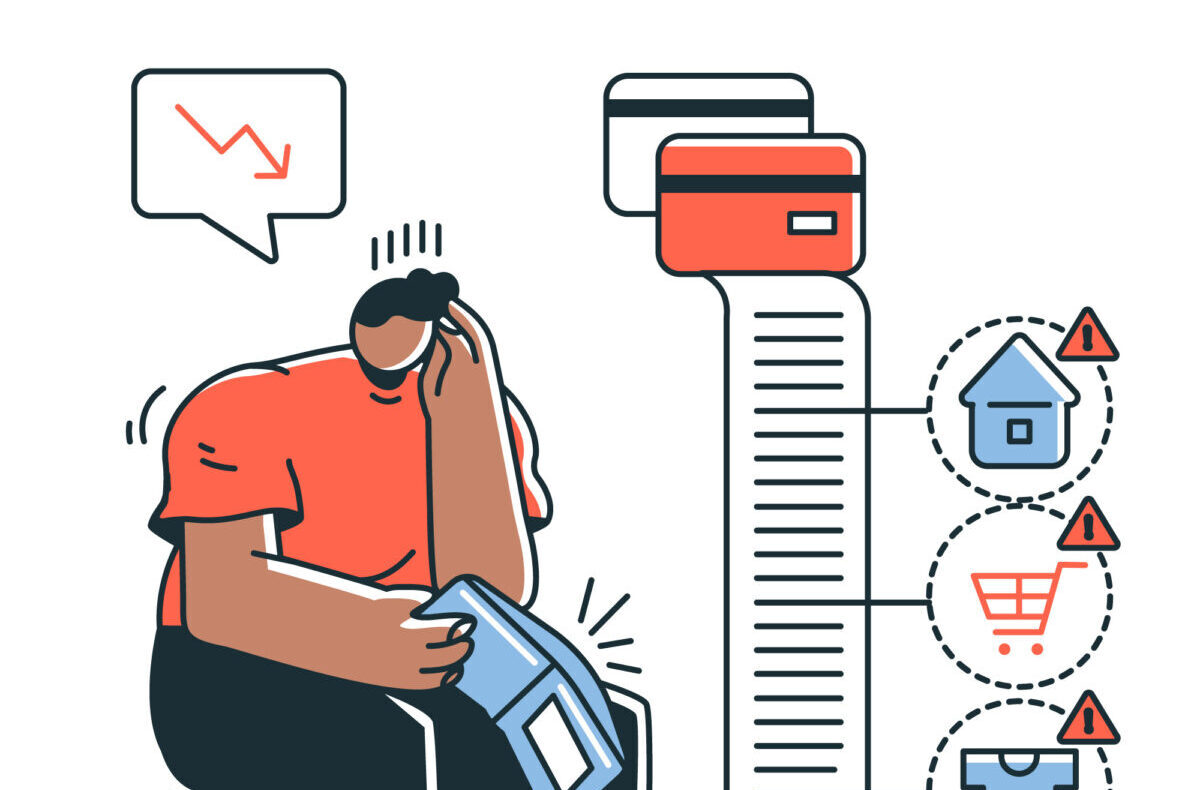What Is LTV Marketing? A Guide to Retaining and Growing Customers

Customer acquisition is only the first step in building a successful e-commerce business. The true driver of sustainable revenue growth lies in retaining customers and maximizing their lifetime value (LTV).E-commerce brands that focus solely on one-time transactions often struggle with high acquisition costs and unpredictable revenue.
In contrast, LTV marketing helps businesses turn customers into long-term, repeat buyers, increasing revenue without constantly relying on paid ads.
LTV Meaning: What Does LTV Mean in Marketing?
Lifetime Value (LTV) measures the total revenue a business can expect from a single customer throughout their relationship with the brand. Instead of focusing on short-term sales, LTV assesses long-term profitability, guiding decisions on customer acquisition, retention, and marketing investments.
What Is a Good LTV for E-commerce?
LTV benchmarks vary by industry, but in e-commerce, a healthy LTV-to-CAC ratio is typically 3:1 or higher. This means that for every dollar spent on acquiring a customer, the business should generate at least three dollars in lifetime revenue from them.
Higher LTV businesses can afford better customer experiences, stronger loyalty programs, and more sustainable growth.
How to Calculate LTV: Customer Lifetime Value Formula
The simplest LTV formula follows this structure:
How to Calculate LTV Marketing:
- LTV = Average Order Value × Purchase Frequency × Customer Lifespan
For a more accurate profit-based LTV:
- LTV = (Average Order Value × Purchase Frequency × Customer Lifespan) × Gross Margin Percentage
Example Calculation
Consider an online fashion brand with the following data:
- Average Order Value: $80
- Purchase Frequency: 5 times per year
- Customer Lifespan: 3 years
- Gross Margin: 50%
LTV = ($80 × 5 × 3) × 50% = $600
This means that each customer generates an average of $600 in profit over their lifetime.
What Is the Difference Between LTV and CLV?
The terms LTV (Lifetime Value) and CLTV (Customer Lifetime Value) are often used interchangeably, but there are differences:
🔹 LTV refers to the average value of all customers over time.
🔹 CLV is more specific, tracking individual customer value based on behavior.
For practical e-commerce applications, both metrics guide retention strategies, helping businesses focus on long-term customer profitability rather than short-term gains.
What Is the 80/20 Rule for Customer Lifetime Value?
The 80/20 rule, or Pareto Principle, states that 80% of a company’s revenue comes from 20% of its customers. This means that:
- The top 20% of customers contribute the most value.
- Retaining and nurturing high-LTV customers should be a priority.
- Businesses should create VIP experiences, loyalty programs, and personalized marketing to keep their most valuable customers engaged.
Focusing on LTV marketing strategies allows brands to maximize revenue from their most profitable customer segments.
Why LTV Matters for E-commerce Growth
Investing in LTV marketing delivers several major benefits:
1. Reducing Customer Acquisition Costs (CAC)
Customer acquisition is expensive—research shows it costs 5-7x more to acquire a new customer than to retain an existing one. Businesses spread acquisition costs over more repeat purchases, improving ROI by increasing LTV.
2. Improving Profit Margins
Brands with strong LTV metrics can afford to spend more on customer retention strategies (email marketing, loyalty programs, and personalized experiences) while lowering reliance on expensive PPC ads.
Many businesses are shifting focus toward maximizing revenue from existing customers instead of increasing ad spend to combat rising marketing costs.
3. Creating Loyal Brand Advocates
Customers with high LTV are more likely to refer new buyers, engage with content, and support brand initiatives.
Referral programs, loyalty rewards, and personalized engagement further strengthen these relationships.
Real-World Success: Burble’s 471% Revenue Growth
Future Holidays worked with Burble, a health & wellness e-commerce brand, to enhance their customer retention and LTV marketing strategies.
How They Did It:
✅ Launched a new website optimized for repeat purchases
✅ Developed targeted email & pre-order campaigns
✅ Implemented multi-channel marketing to retain customers
The result? 471% increase in revenue per user, proving that LTV-focused marketing strategies drive significant, sustainable growth.
📌 Read the full case study: Burble Case Study
Best Strategies to Improve LTV Marketing
1. Personalization & Customer Engagement
Modern consumers expect tailored shopping experiences. AI-driven personalization increases engagement and retention by delivering relevant product recommendations, customized email campaigns, and dynamic content.
How to Implement:
✔ AI-powered recommendations (show products based on browsing history)
✔ Segmented email marketing (exclusive offers for VIP customers)
✔ Dynamic website content (personalized banners, discounts, and pop-ups)
2. Subscription Models & Loyalty Programs
Subscription-based models and rewards programs encourage long-term customer commitment, directly boosting LTV.
How to Implement:
✔ Offer subscription plans for consumables (e.g., skincare, vitamins)
✔ Launch loyalty programs with tiered benefits
✔ Provide early access to sales and premium content for top customers
3. Upselling & Cross-Selling
Encouraging customers to buy higher-value items or complementary products increases LTV without raising acquisition costs. Some brands focus on creating more opportunities for customers to upgrade their purchase as a natural way to increase revenue.
How to Implement:
✔ Use post-purchase email sequences for upselling
✔ Offer bundled deals & “frequently bought together” discounts
✔ Use exit-intent pop-ups with exclusive offers
4. Customer Service & Post-Purchase Engagement
Many businesses fail to recognize how customer churn quietly erodes revenue, making it essential to track and address negative retention metrics before they impact LTV.
For brands looking to refine their retention strategy, uncovering weak points in churn analysis can reveal exactly where the biggest drop-offs occur.
How to Implement:
✔ Provide real-time support (live chat, social media, SMS)
✔ Send automated post-purchase follow-ups (care tips, upsell opportunities)
✔ Implement hassle-free return policies to build trust
Measuring Success: Lifetime Value Analysis & Key Metrics
Tracking LTV growth requires monitoring multiple retention and engagement metrics.
Key Metrics to Track:
📊 Retention Rate – Percentage of customers who return after their first purchase
📊 Churn Rate – Percentage of customers who stop engaging with the brand
📊 Repeat Purchase Rate – Percentage of customers making multiple purchases
📊 Average Order Value (AOV) – Average spend per transaction
📊 Customer Engagement Score – Tracks customer interactions (reviews, referrals, UGC)
Using analytics tools like Google Analytics, Shopify Reports, or CRM dashboards, brands can continuously refine LTV strategies.
Final Thoughts
E-commerce brands that focus on maximizing LTV gain a significant competitive advantage. Instead of chasing new customers, retaining and nurturing existing ones leads to higher profitability, brand loyalty, and long-term revenue growth.
🔹 Prioritize LTV marketing today—because customer relationships are the foundation of sustainable e-commerce success.


